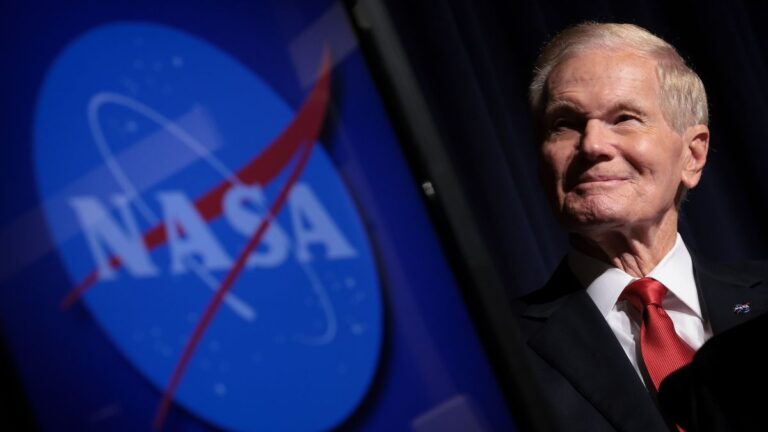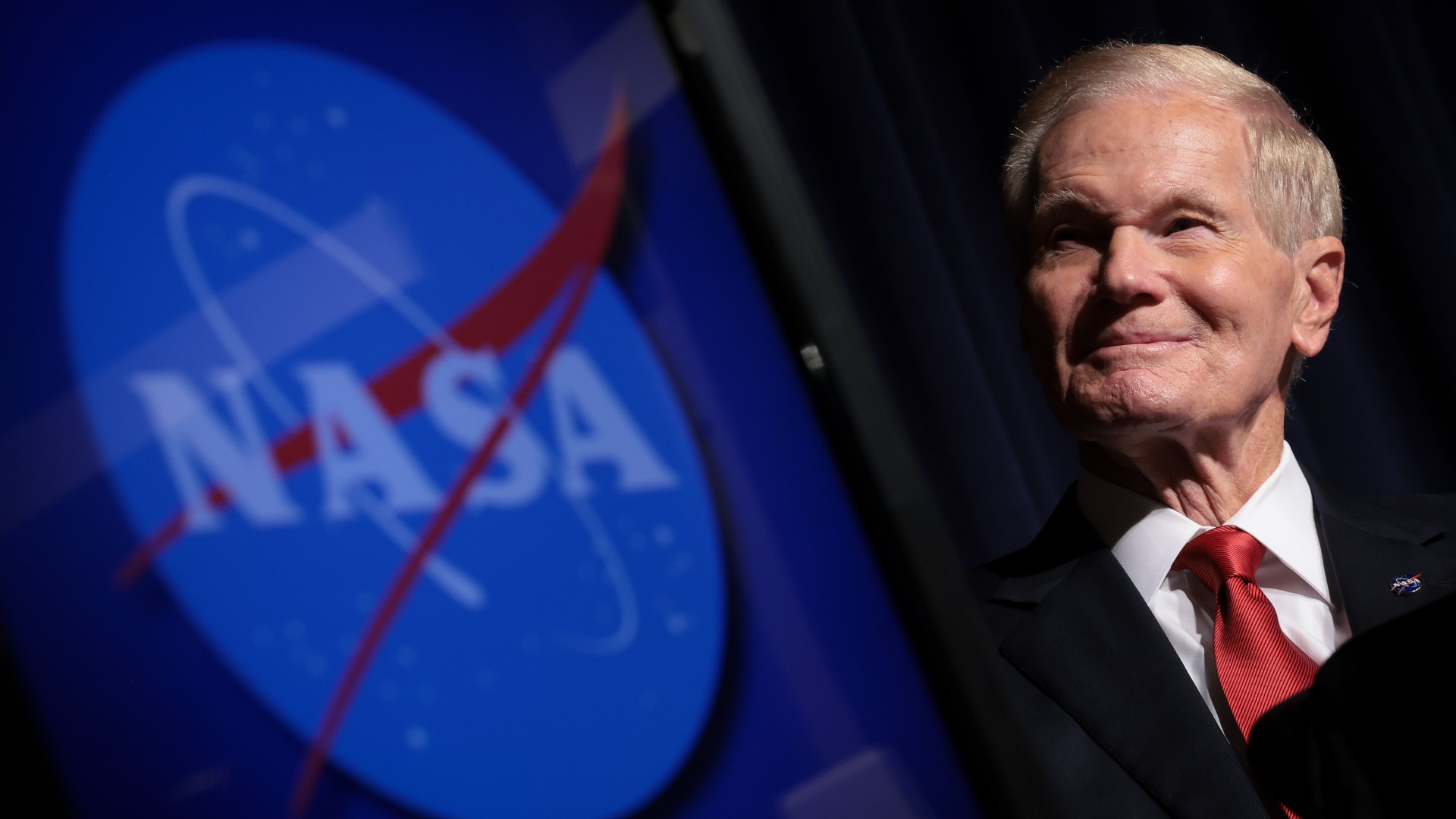
[ad_1]

It has been a busy year for NASA with the agency’s solid list of historic missions and inspiring milestones that continue to push the limits of human exploration.
The space agency shared a new video showcasing its 2023 achievements, ranging from the successful return of its first asteroid sample all the way to plans for a new nuclear thermal rocket engine meant for future crewed missions to Mars. It also outlines some of the progress made with the Artemis program, an ambitious endeavor aimed at returning humans to the moon.
“NASA does big things,” Bill Nelson, NASA administrator, said in the video. “Things that inspire us. Things that unite us. Things that show nothing is beyond our reach.”
Related: NASA’s Artemis program: Everything you need to know
This year, the International Space Station celebrated 25 years in orbit, along with a new record set by NASA astronaut Frank Rubio for the longest U.S. spaceflight. Rubio managed to spend a total of 371 consecutive days on the orbiting lab. NASA’s James Webb Space Telescope also celebrated its first year of science with the release of an unprecedented image of star formation in Earth’s neighboring Rho Ophiuchi cloud complex.
“We really are just getting started in terms of the scientific return from this telescope,” Jane Rigby, from NASA’s Goddard Space Flight Center, said in the video
On Sept. 24, the OSIRIS-REx (Origins, Spectral Interpretation, Resource Identification, Security-Regolith Explorer) mission returned a pristine sample of surface material from the asteroid Bennu to Earth, concluding its 7-year mission — to Bennu, that is. OSIRIS-REX is now known as OSIRIS-APEX and is headed to another space rock muse named Apophis, though the probe won’t be collecting any physical samples the second time around. OSIRIS-REx represents the first U.S. mission to return a sample collected from an asteroid, offering new insights into our solar system’s formation more than 4.5 billion years ago.
NASA is headed to another asteroid with the launch of its Psyche mission on Oct. 13. The target of this mission is a metal-rich asteroid called 16 Psyche, which orbits the sun between Mars and Jupiter. Its high metal content suggests the asteroid may be the partial core of a planetesimal — a building block of an early planet which would lend new insight on planet formation.
“We want to protect our planet by better understanding it,” Nelson said in the video.
The space agency has also announced the four astronauts who are slated to fly on Artemis II — the first crewed mission in NASA’s program to establish a long-term presence at the moon — as well as a partnership with the Defense Advanced Research Projects Agency (DARPA) to develop a nuclear thermal rocket engine as soon as 2027 that would enable deep-space travel in preparation for crewed missions to Mars. The spacesuit prototype designed by Axiom Space for NASA’s Artemis III mission, which will land astronauts, including the first woman, on the moon as soon as 2025, was also debuted this year.
“We’re going back to the moon, to live, work, develop, innovate — to go to Mars,” Nelson said in the video. “This is the power of our space program: It unites people. It brings them together. Together we are going to the moon, to Mars, and beyond.”
[ad_2]